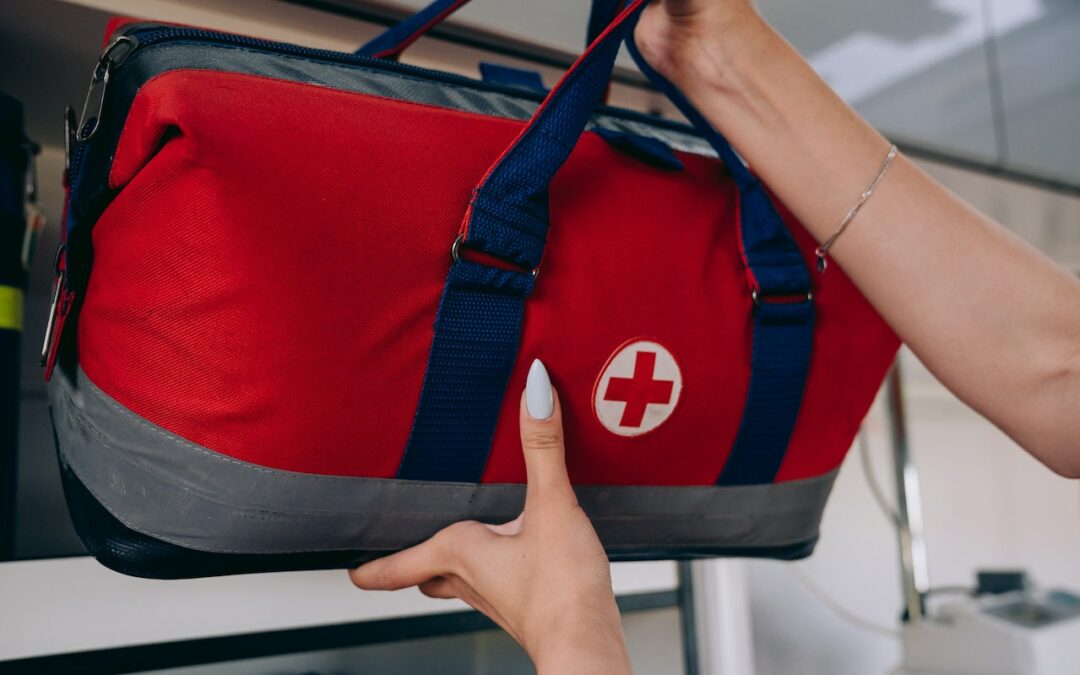In-flight medical emergencies are relatively rare, but they can happen. If you find yourself on a plane when a medical emergency occurs, it’s essential to know what to do.
What Are Common In-Flight Medical Emergencies?
Most in-flight medical emergencies are minor, such as headaches or upset stomachs, and can be treated with over-the-counter medications. However, some in-flight medical emergencies are more serious and require immediate medical attention.
Some of the most common in-flight medical emergencies include:
- Cardiac Problems: Chest pain or discomfort is the most common symptom of a heart attack. Other symptoms may include shortness of breath, sweating, nausea, and lightheadedness.
- Respiratory Problems: Shortness of breath, difficulty breathing, or an asthma attack can all be classified as respiratory emergencies.
- Bleeding: Nosebleeds, cuts, or scrapes that are bleeding heavily can all be classified as bleeds.
- Allergic Reactions: Hives, swelling, difficulty breathing, and a drop in blood pressure are all signs of a severe allergic reaction.
- Seizures: A seizure is a sudden, uncontrolled electrical disturbance in the brain. Symptoms may include convulsions, loss of consciousness, and muscle rigidity.
What Are the Medical Equipment Available on a Plane?
When it comes to medical emergencies, every second counts, that’s why it’s important to know what kind of medical equipment is available on a plane in case of an emergency.
Most commercial airplanes have a basic first-aid kit, including bandages, gauze, and over-the-counter medications. Some airlines may also have more comprehensive medical kits on board, which may include items like an automated external defibrillator (AED), oxygen tanks, and intravenous (IV) fluids.
While the exact contents of an airline’s medical kit will vary, all kits are required to meet certain standards set by the Federal Aviation Administration (FAA).
Is There a Standard Operating Procedure for In-Flight Emergencies?
When it comes to in-flight emergencies, there is no one-size-fits-all solution. Each situation is unique and must be handled accordingly. However, some general guidelines can be followed in most cases.
The first step is to notify the flight crew of the emergency. They will then assess the situation and decide what needs to be done. Sometimes, the plane may need to be diverted to the nearest airport. Other times, the crew may be able to handle the situation on the plane.
Once the flight crew has been notified, they will take care of any immediate medical needs. If the situation is more serious, they will contact a medical professional on the ground for advice.
In most cases, the priority is to land the plane as soon as possible. This will ensure that the passengers and crew are safe and that medical help can be obtained quickly.
There are many different types of in-flight emergencies, so it is impossible to have a single standard operating procedure for all of them. However, following these general guidelines will help to ensure that the situation is handled as safely and efficiently as possible.
Final Thoughts
In-flight medical emergencies can be a scary experience for both the passengers and crew. However, it is essential to remember that the crew is trained to handle these situations and will do everything they can to ensure everyone onboard is safe. If you ever find yourself in an in-flight medical emergency, be sure to follow the crew’s instructions and remain calm.
Get the medical care you need with the help of FlyNurse. We are a medical concierge service that provides efficient, cost-effective transportation for patients. We offer compassion, quality care, and professionalism every step of the way, helping your loved one get to their desired destination. Get a quote now!
